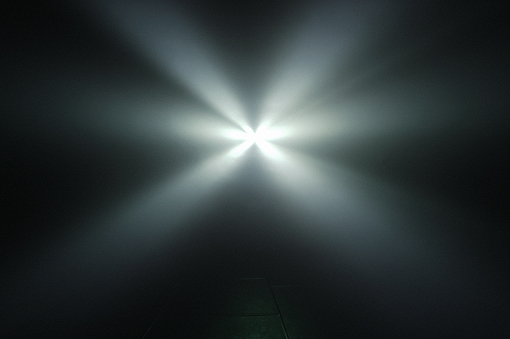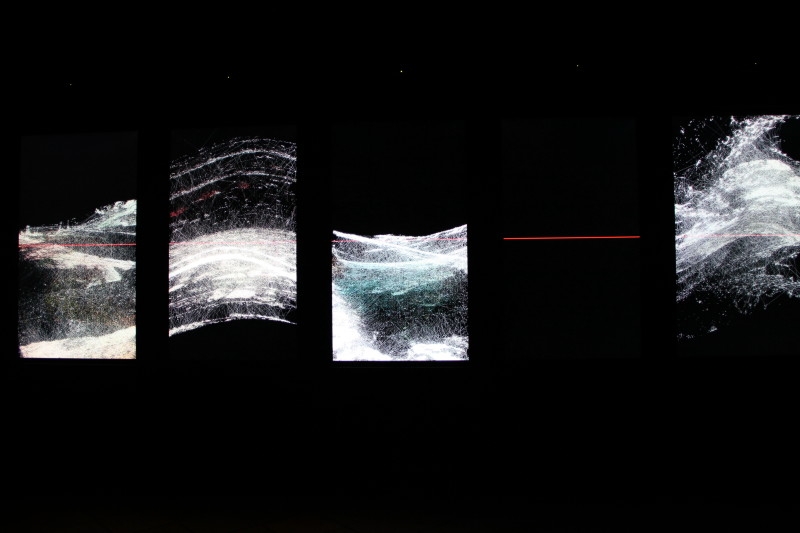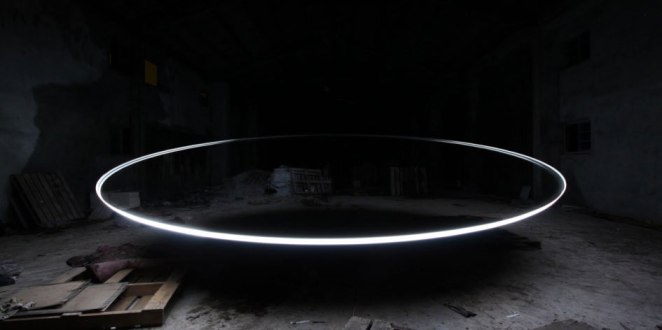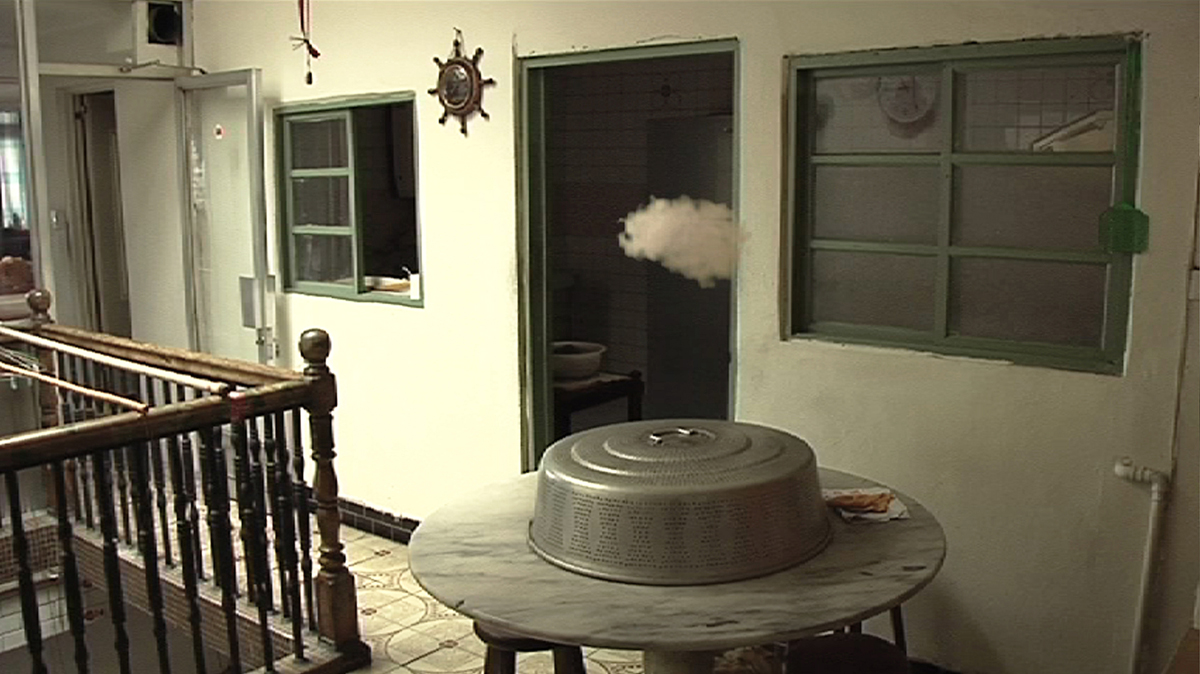Note: Contemporary video art nowadays is remotely different from how it used to be at its very beginning in the 1960s. Initially the formative vocabulary of its experiment didn't take place in the white box of museum, but depended on communication interfaces of traditional TV programs and news media. However, amidst the waves of digitalization in the early 1990s, it has become the core of communication for contemporary art. The innovations of modern audiovisual technology and photo editing techniques, and the rise of Internet platform and streaming service, such as YouTube, have together profoundly changed the relationships between human and images; on the other hand, contemporary images are undergoing varied forms of remediation. The article is aimed to trace the genealogy of projection events to be able to behold the real circumstance that allows video art to keep on going.

Carsten Nicolai, Fades; photo: www.carstennicolai.com

Ryoichi Kurokawa, Rheo: 5 horizons; photo courtesy of artist

Ding Chien Chung, Vacant Room 2; photo courtesy of artist

Wang Ya Hui, Visitor; photo courtesy of artist